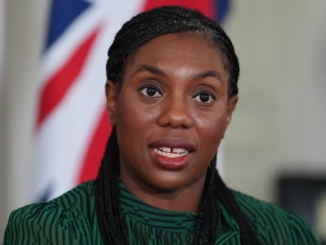
Dead and buried. Fianna Fáil were written off by many after their crash in the 2011 election, their support plummeting from 41% to a historic low of 17%. Now though, almost exactly two years since being were practically hounded out of office, they’re back. Having risen to about 26% of the popular vote, Fianna Fáil are now the second most popular party in the country, barely behind Fine Gael.
How did this happen? For many, Fianna Fáil supporters or otherwise, this would have been unthinkable two years ago. The parties’ slow return isn’t as surprising as many would believe.
For almost 80 years, before 2011, Fianna Fáil had always been the largest party in the state. Even in opposition, the lowest amount of TD’s they ever had was 60. This kind of support, as Ógra Fianna Fáil Chairperson Fintan Phelan points out, has become almost a part of Irish culture, describing the party as a “movement”, and saying that they have always had nationwide appeal.
DCU Young Fine Gael Chaipreson, Ryan Hunt, agreed, but said that this was because Fianna Fáil lacks a fixed identity, describing it as “the catch-all party that will do everything for everybody but has no beliefs”. The strength of the parties’ base is apparent in the difference between it and PASOK (Panhellenic Socialist Movement), formerly the largest party in Greece. Support for both crashed in the 2011 elections after both countries’ economies went downhill. But where Fianna Fáil is again on the rise, PASOK is barely treading water -just about managing 6% in the latest opinion polls.
Why the difference with Fianna Fáil? After all, we’ve seen plenty of political parties fade over the years, like the Progressive Democrats (PDs) and the Green Party – both of whom were in government with Fianna Fáil.
Fianna Fáil has had some success in distancing itself from the party it was in 2011; with plenty of old members linked to the party either quietly fading out or not being re-elected. This has left the door open for new, younger members to enter the party, and the choice of Micheál Martin as leader has proved to be a popular one, helped by his own relentless campaigning in all 43 constituencies. This is one of the reasons Ógra Fianna Fáil’s Fintan Phelan cites, saying that: “over the past two years there has been a complete renewal of the party, [with] new faces, new ideas, new policies.”
But despite the fresh faces, perhaps the two parties’ greatest asset lies in its familiarity to voters. Voters tend to be myopic, meaning that they focus on the current political situation far more than the past one, and that anger towards the party who presided over the crash has subsided somewhat over the last two years.
As Young Fine Gael’s Ryan Hunt said, “people are not too comfortable going to the extreme left or right. They feel that Fianna Fáil is, apart from perhaps Fine Gael or Labour, the only party that can be [part of] a solution.”
Paul O’Donoghue




Leave a Reply